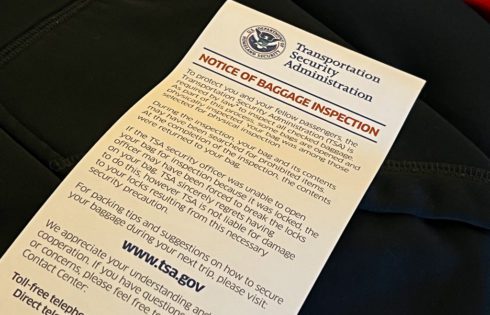
TSA Checked Baggage Screening Procedures: Here’s What Happens to Your Bag
Have you ever wondered what happens to your checked baggage whenever you hand it over to TSA? What type of machines scan your bag and what determines if a human

Have you ever wondered what happens to your checked baggage whenever you hand it over to TSA? What type of machines scan your bag and what determines if a human
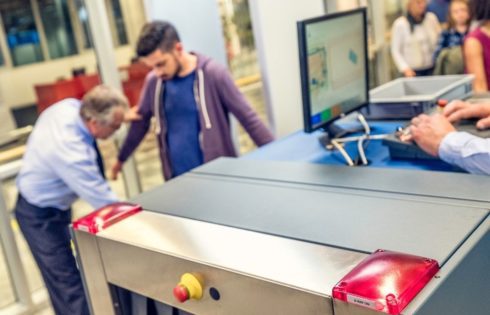
Millions of travelers store extremely private information on their cell phones and laptops these days. One worry when traveling through airports is the thought of other people getting access to
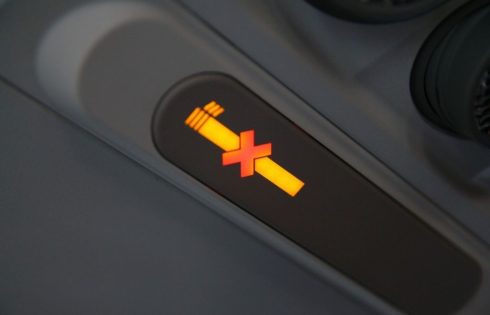
Are you thinking about bringing cigarettes on a plane during your next trip? Are you aware of the potential restrictions you might be facing? In this article, I will break
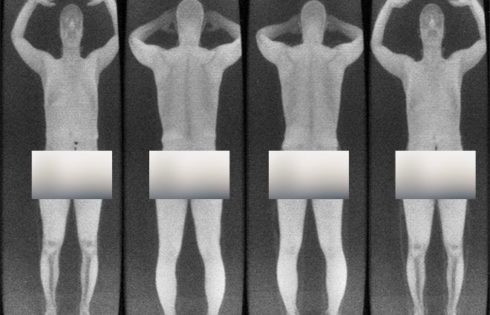
If you have ever gone through a TSA body scanner there’s a good chance that you’ve wondered if your naked body is on display for someone in a mysterious back

Lots of travelers like to bring books with them when they fly. The question is: will you run into any problems with TSA if you bring books with you in
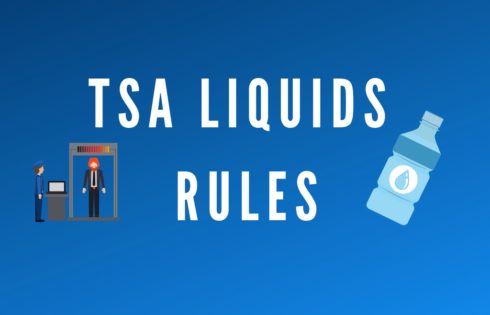
Bringing your liquids through airport security is not always as straightforward as you might think. There are several rules that apply when bringing your liquids through airport security checkpoints and,

So you have a load of cash and you want to transport it across the country or perhaps even internationally. But exactly how much cash are you allowed to travel
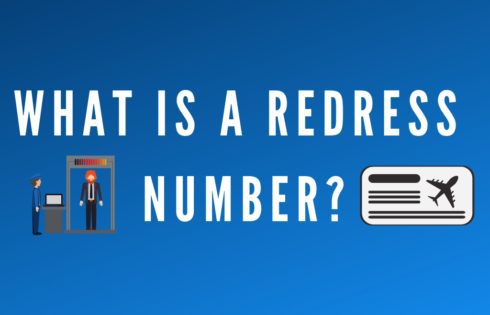
If you’ve ever been slowed down at the airport by additional screening measures you know how frustrating (and even anxiety-inducing) it can be. Now imagine this happening just about every
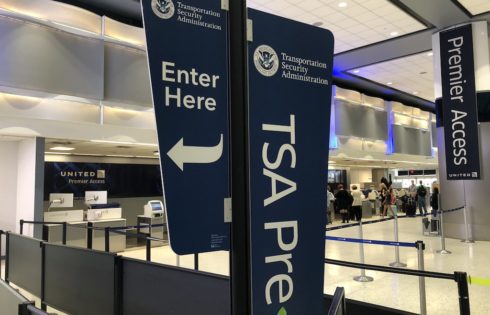
A lot of people like to document their travels or simply take in their experiences by recording videos and snapping photographs. Some airports also are full of interesting architecture and
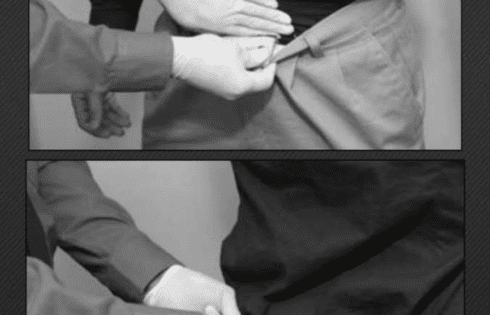
When it comes to pat downs, TSA doesn’t have the best reputation and it’s one of the reasons why it’s even earned the nickname of “Touching Sensitive Areas.” But all
| Cookie | Duration | Description |
|---|---|---|
| cookielawinfo-checkbox-analytics | 11 months | This cookie is set by GDPR Cookie Consent plugin. The cookie is used to store the user consent for the cookies in the category "Analytics". |
| cookielawinfo-checkbox-functional | 11 months | The cookie is set by GDPR cookie consent to record the user consent for the cookies in the category "Functional". |
| cookielawinfo-checkbox-necessary | 11 months | This cookie is set by GDPR Cookie Consent plugin. The cookies is used to store the user consent for the cookies in the category "Necessary". |
| cookielawinfo-checkbox-others | 11 months | This cookie is set by GDPR Cookie Consent plugin. The cookie is used to store the user consent for the cookies in the category "Other. |
| cookielawinfo-checkbox-performance | 11 months | This cookie is set by GDPR Cookie Consent plugin. The cookie is used to store the user consent for the cookies in the category "Performance". |
| viewed_cookie_policy | 11 months | The cookie is set by the GDPR Cookie Consent plugin and is used to store whether or not user has consented to the use of cookies. It does not store any personal data. |
